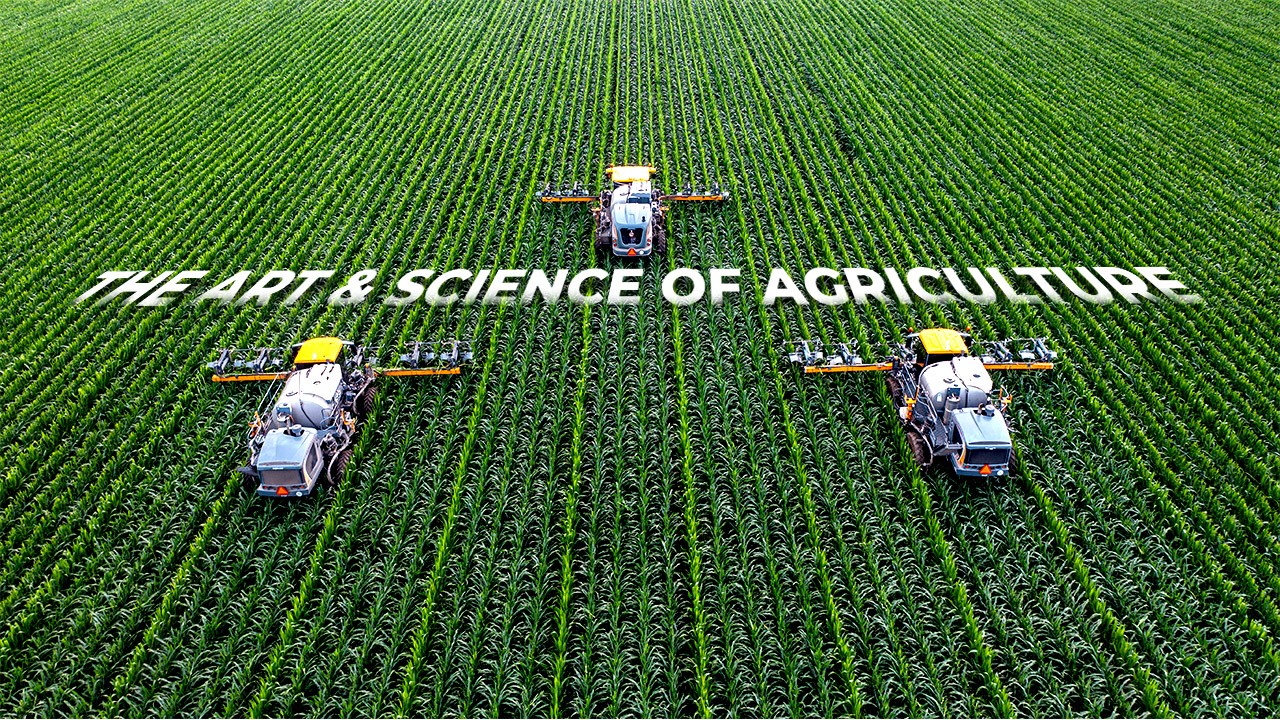Agroforestry is the practice of blending trees and shrubs with various farming systems. Its purpose is to expand environmental, economic, or social benefits beyond basic farming. A native plant nursery can help with planning. The concept is so useful that farmers and land managers have used it around the world for centuries.
Blending farming practices can provide many benefits for farmers. They can increase farm profits and spread added income sources over the year. Also, it can create cash crops and environmental benefits on otherwise marginal lands. For example, maple sugaring and mushroom cultivation are crops that can develop together.
Agroforestry systems can help farmers meet their needs and address many situations
There are three main agroforestry systems. These are agrisilviculture (crops + trees and shrubs); silvopastoral (pasture/animals + trees) and agrosilvopastoral (crops + pasture/animals + trees). The system’s quality is judged by the output of its components as relates to its purpose. These could include harvested foods, lumber, and fuel byproducts. Conservation outputs like windbreaks also factor in. Finally, the production and management will help scale an agroforestry system’s socio-economic benefit. For example, a system could be an ‘agrisilvicultural system for soil conservation’.
Other system terms within agroforestry systems include:
- Silvopasture combines trees, forages, and livestock. Trees can be scattered like a typical pasture or savannah or planted in a row fashion. Livestock grazing should be rotational on healthy, productive sites. Both the animals and plantings benefit from this system. The livestock enjoys the shade and shelter while their manure fertilizes the soil.
- Alley cropping includes trees and crops. Crops grow in wide alleyways between the tree rows. Hay or grazing animals can also be intercropped along the alleyways. Open growth models like alley cropping can yield excellent watershed protection and greater accumulation of biomass and carbon.
- Forest gardens blend many forest products in the same area. Farmers can create income by combining food, herbal, timber, and specialty non-timber forest products.
- Riparian buffer plantings reduce erosion, improve water quality, and protect riverbanks. These conservation plantings also carry the potential to offer extra farm revenue.
- Windbreaks help protect livestock and crops from prevailing winds. They can also increase pollination and production while reducing wind erosion. Using diverse tree and shrub species improves windbreak efficiency. Besides lessening wind gusts, windbreaks filter dust and air pollutants. They can also mitigate odors. WIndbreaks also add conservation benefits and both increase and lessen risks. The trees and shrubs also store carbon, which can provide another income stream.
Other Benefits
Besides farm profits and conservation benefits, agroforestry supports wildlife with quality food and cover. A healthy wildlife population can also add passive income through recreational bookings. These can include photography, camping, and hunting.
There are very few downsides to agroforestry. The main disadvantage for those trying to grow trees and shrubs for profit is time. Trees can take years to mature and provide fruit or nut crops. A pecan or walnut orchard may be more of a legacy planting for future generations. Many agroforestry products are not commonly traded goods. Market prices can also be uncertain, making long-term investments disappointing. And since woody crops take an extended time to yield farm profits, it’s difficult to change crops in reaction to market trends.
Use a Native Plant Nursery
Successful agroforestry systems demand proper knowledge. Sites need evaluation and farmers must master methods of combining different plants. Beyond harvest schedules, some plants are incompatible or have effects on each other. Farmers need a long-term plan showing objectives and an understanding of risks and benefits. It’s always best to seek expert advice. These professionals can help determine soil and site conditions, and project markets, and explain government regulations. They also can offer ideas about available project government or organizational subsidy programs.
Native species are superior for any agroforestry project. A native plant nursery can grow a vast selection of native plants. Native species are important to ‘restore Earth’s ecosystem’. Use a nursery for recommendations, inventory, and expertise to help you with restoration projects of any scope.
